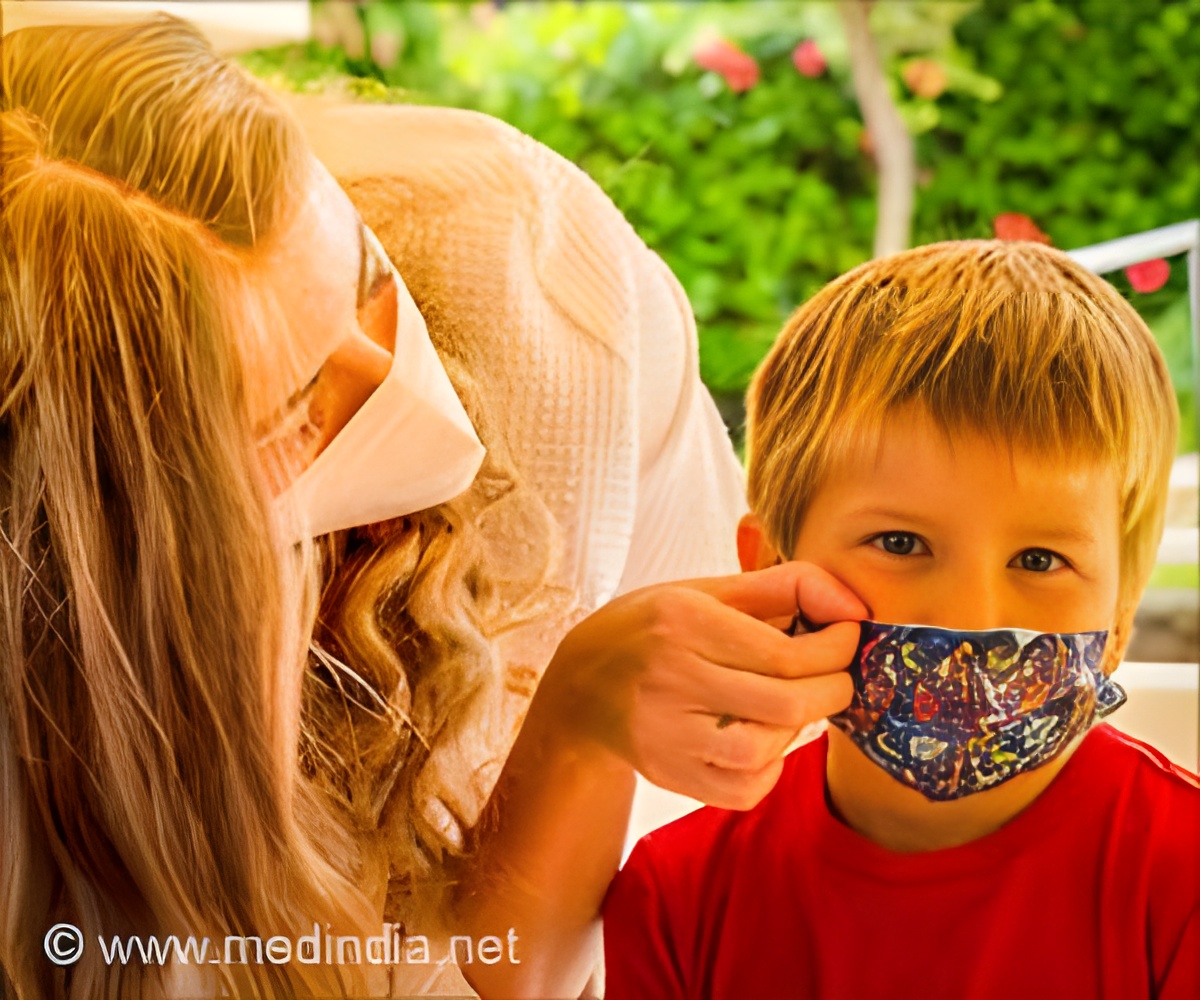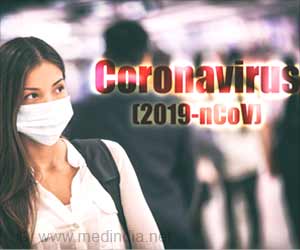Face mask combinations and modifications that healthcare professionals and the public can implement have been identified.

‘Specific, practical combinations of face masks such as the layering of a three-ply cloth mask over a medical mask (double masking) or securing a medical mask with an elastic brace provides the best protection against respiratory aerosols.’





Face masks are used to reduce the spread of infectious viruses such as SARS-CoV-2 that are transmitted by respiratory aerosols and droplets produced during activities such as talking, breathing, and coughing.The U.S. Centers for Disease Control and Prevention (CDC) recommends a mask that is multi-layered, covers the nose and mouth, and forms a tight seal against the face.
“The performance of face masks as devices that control infection spread depends upon both the ability of the mask material to filter aerosols and on how well the mask fits the wearer,” said Francoise M. Blachere, MSc, research biologist, of the National Institute for Occupational Safety and Health (NIOSH), and the paper’s lead author.
Blachere and colleagues used both human subjects and simulator manikins to evaluate the performance of multiple mask types, combinations, and modifications. The researchers conducted a variety of experiments that simulated coughs and exhalations, and then measured the efficiency of the masks at blocking respiratory aerosols.
Results show that layering a three-ply cloth mask over a medical mask (double masking) or securing a medical mask with an elastic brace provided the best protection against respiratory aerosols.
Advertisement
Using earloop toggles or an earloop strap, or knotting and tucking the mask, also increased performance as compared to medical masks without modification. Two other mask-fit modifications, crossing the earloops or placing a bracket under the mask, did not increase performance.
Advertisement
“The NIOSH study findings are important and timely because they identify specific, practical combinations of face masks and mask modifications that may improve mask seal and thereby measurably reduce the expulsion of infectious aerosols into the environment.”
Source-Eurekalert









